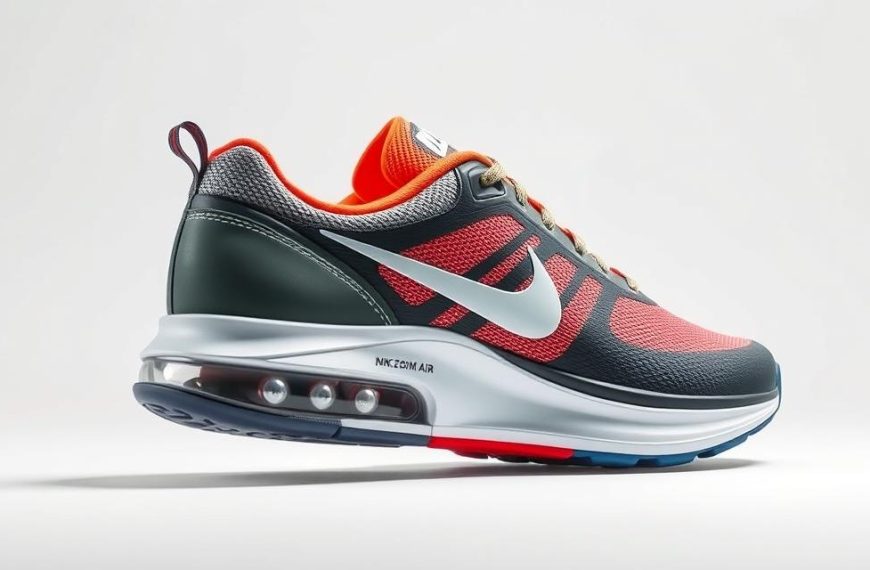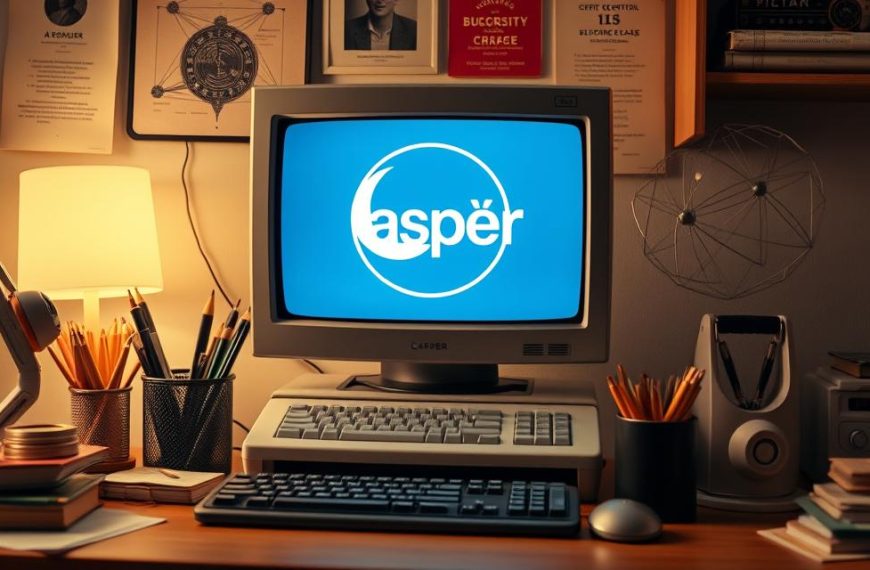This guide is a clear, practical route for anyone keen to master how to draw technology with confidence. It walks you from first concept sketches through polished illustrations suitable for portfolios and client briefs.
Designed for hobbyists sharpening their drawing fundamentals and professionals expanding into the world of devices, this content maps typical scenarios and outcomes. Expect cleaner lines, better perspective and consistent proportions.
We define modern tech as handheld gadgets, wearables, smart home gear and streamlined industrial forms. The article sets clear stages: research, reference gathering, step planning, sketching, form development, detailing and finishing passes with shading and UI content.
Practical payoff: better product visualisation, persuasive editorial illustrations and a buyer’s guide that helps you pick the right resources and tools while avoiding poor purchases. The structured approach reduces guesswork with milestones and revision points.
What to Look For When Buying Resources to Draw Technology Today
Begin by matching a resource’s difficulty with your present skill and the goals you want to reach. Pick authors who list clear learning outcomes and specify which device families they cover.
Key selection criteria
Skill level and subject breadth matter. Favour books that cover phones, laptops, wearables and smart speakers so lessons transfer across gadgets.
Checking product details
Verify print length, recent publication date and trim near 8.5 0.15 inches—a compact size often suits daily practice.
Formats and credibility
A paperback listed near paperback 7.99 can be economical, while a digital copy on the kindle app aids portability and search. Read customer reviews and the stars summary for consistent patterns across star3 star2 star1 and star2 star1 notes.
Preview and usability
Use brief content versus full content previews and the slide product details gallery to check sample spreads. Test tap read and double tap read in the app to ensure diagrams remain legible when zoomed.
“Check product details and previews before you buy; layout and resolution affect practice more than price.”
how to draw technology: step-by-step essentials and tools
Start by assembling a compact set of pencils, pens and a pressure‑sensitive tablet that matches your workflow. A small, reliable kit speeds learning and keeps sketches consistent.
Core tools include HB–2B pencils for construction, fineliners for line hierarchy, markers for value blocks and a mid-range tablet with a stylus for rapid iteration.
Setting up: choosing pencils, pens, and tablets
Pick a single analogue set and one digital device. This reduces variables during practice and improves repeatability for prints and client decks.
Easy step drawing workflow
- Start with bounding boxes and cylinders, lock perspective early.
- Refine silhouettes, then add seams, ports and chamfers for gadgets and a computer hinge.
- Use three passes: proportion, planes and interface details.
Materials, lighting and finishing
Match hatching and edge softness to glass, anodised aluminium and polymer. Control light with a key, fill and specular accents.
Tip: Layer soft gradients for screen glow and keep UI contrast clear for both print and digital presentation.
Compare Books, Videos, and Apps for Learning to Draw Tech
A clear learning plan helps you pick between a bound manual and a modular video course. This section compares printed guides, streamed lessons and app-based modules so you can buy the right product for your schedule and goals.
Books and guides: step-by-step illustrations, author expertise, and print length
Books excel for structured progression. Look for a guide with chapter aims and step-by-step illustrations that you can practise from at your desk.
Check the author’s background—industrial design or concept art credits matter. Scan the foreword and bio for client experience and real projects.
For studio use, prefer a trim near 8.5 0.15 inches (also listed as 8.5 0.15 or 0.15 inches) so pages lie flat and diagrams stay legible.
Digital learning: video series, slide product modules, and kindle app reading
Video lets you watch pressure, stroke order and correction in real time. Choose a video series with modular lessons, downloadable references and clear on-screen overlays.
Inspect slide product details on course pages. Good providers arrange slide product modules from primitives to full assemblies and include milestone checks.
When using an app or the kindle app, test tap read and double tap read for zoom fidelity. Confirm brief content and full content previews so key diagrams are content visible before purchase.
“Blend a reliable book with short video modules for practice that sticks.”
- Weigh stars and customer feedback across star3 star2 star1 splits and mentions of star2 or star1 to spot recurring faults.
- Prefer a product offering layered files, searchable timestamps and bundled brushes for longer-term value.
- Pair formats: study a book in focused sessions, then watch a short video recap to reinforce process and problem-solving.
Conclusion
Set a single, achievable aim for each practice session so progress compounds week by week. Focus on one step in the workflow and repeat it until you see cleaner lines and steadier control.
Build a compact set of tools you use daily and follow a repeatable routine: block forms, refine proportions, add surface breaks, then apply light and material passes. Use the same step sequence for phones, gadgets and a computer to reduce cognitive load.
Choose learning products by checking previews, lesson outlines and stars patterns. Save milestone illustrations and schedule short critiques. One task now: pick a device you use daily, sketch three orthographic views and render a hero angle using this guide.
















